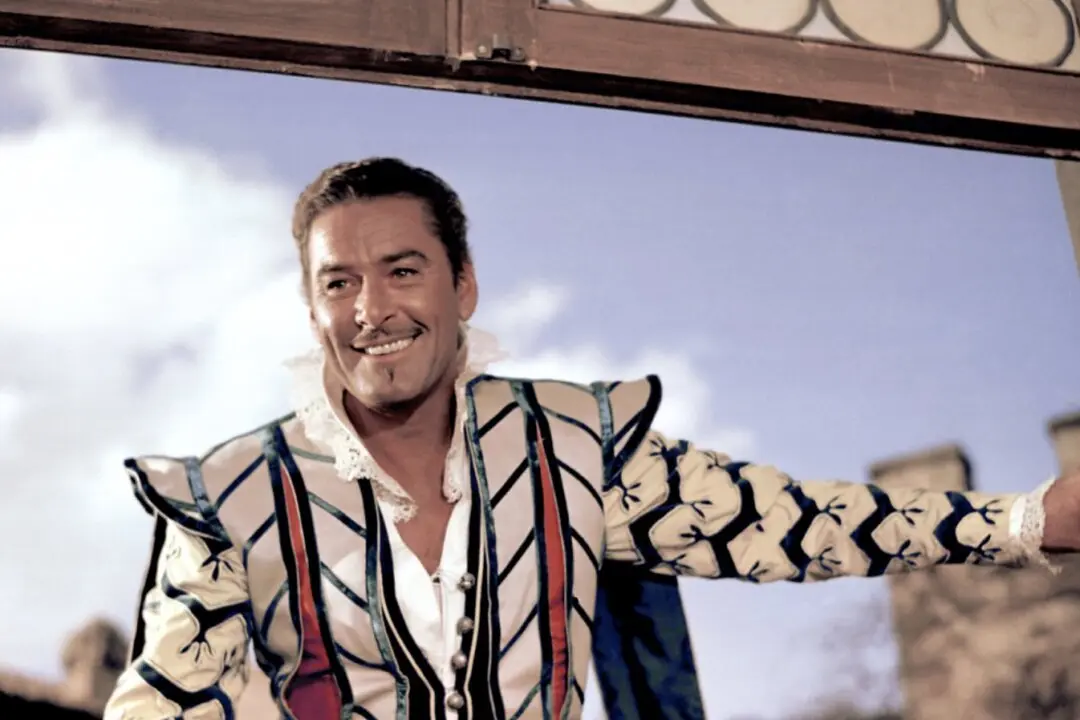Don Juan is one of the most fabled characters in the arts. Although he may not have actually existed, people in Spain and Latin America claim that he was a native son. Don Juan’s reputation has become so legendary that even the name means a womanizer, libertine, or a man who engages in promiscuity. On stage and on screen, Don Juan’s story has inspired many dramatic adaptations.
“Don Juan” (1926) stars the charismatic John Barrymore in the title role. This successful silent film was the biggest hit Warner Bros had to date. It bears the distinction of being the first feature film with a synchronized score and sound effects using the Vitaphone sound-on-disc sound system.






